Mowi works with Underwater Contracting for enhanced monitoring
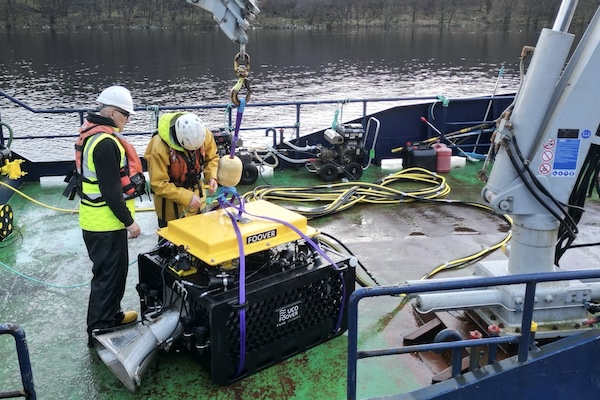
Underwater Contracting (UCO) and Mowi have announced a major expansion of their partnership, aimed at advancing the use of cutting-edge remotely operated vehicle (ROV) technology in salmon farming. The collaboration, which includes a 40 percent increase in ROV deployment across Mowi’s sites, will help both companies improve operational efficiency and fish welfare in aquaculture.
“UCO is proud to provide solutions that solve subsurface challenges not only in aquaculture but also across industries such as renewable energy, oil and gas and environmental surveying,” said Michael Bower, managing director at UCO. “Our research and development efforts, all based in Scotland, are key to delivering practical, useable solutions that enhance our customers’ operations.”
Mowi, the largest salmon farming company globally with operations in eight regions and an annual production of close to half a million tons of salmon, has been a longstanding partner of UCO since 2018. Specializing in ROV development and subsurface innovation, UCO provides tailored tools for mortality removal, net inspections and stock maintenance, enhancing safety and effectiveness for fish farmers.
Mowi has recently expanded its use of UCO’s “Foover” ROV systems, increasing its fleet to more than 25 units. These systems efficiently remove mortalities from net pens, helping maintain high welfare standards for salmon, especially during environmental challenges like jellyfish and harmful algae blooms. Acting as the “eyes and hands” underwater, the ROVs offer better camera quality, advanced tools and the ability to operate at depths unsafe for divers.
The next phase of UCO and Mowi’s partnership will enhance the Foover system to monitor and remove surface moribund fish. With Mowi Scotland achieving 96 percent superior-grade fish at harvest, this innovation aims to provide a reliable, humane system for euthanizing injured or unhealthy fish, further supporting optimal animal welfare standards.
“Fish welfare is one of the most important concerns in modern aquaculture,” said Jamie Smith, business development manager at UCO. “By combining our expertise with Mowi’s industry-leading practices, we believe we can develop solutions that set new benchmarks for fish welfare.”
Now that you've reached the end of the article ...
… please consider supporting GSA’s mission to advance responsible seafood practices through education, advocacy and third-party assurances. The Advocate aims to document the evolution of responsible seafood practices and share the expansive knowledge of our vast network of contributors.
By becoming a Global Seafood Alliance member, you’re ensuring that all of the pre-competitive work we do through member benefits, resources and events can continue. Individual membership costs just $50 a year.
Not a GSA member? Join us.
Author
Related Posts
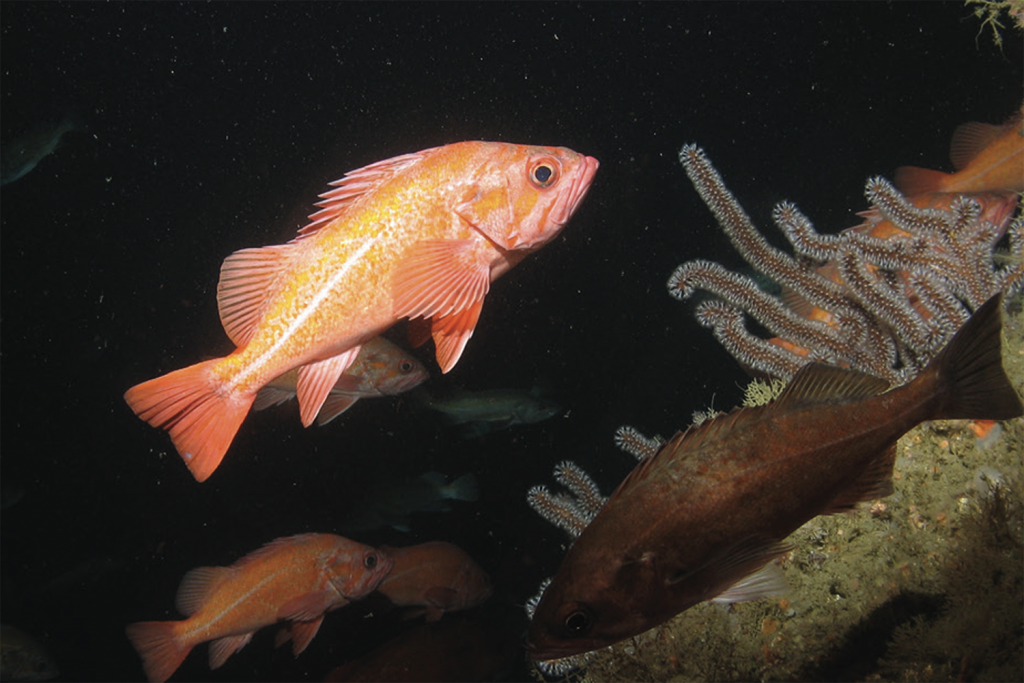
Fisheries
How data from remotely operated and autonomous underwater vehicles inform fisheries management
Management of fisheries in Alaska, the Pacific Northwest and the Gulf of Maine are starting to be informed by decades’ worth of data collection using remotely operated vehicles and autonomous underwater vehicles.
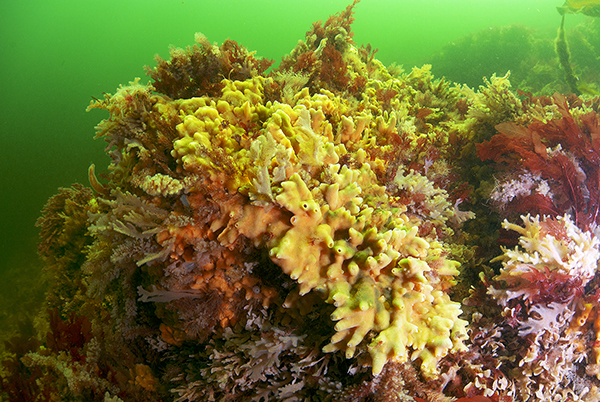
Intelligence
Remotely operated vehicles are helping aquaculture gain a deeper understanding of the seabed
Experts are using remotely operated vehicles to map and monitor the seabed, which could produce information to inform aquaculture operations.
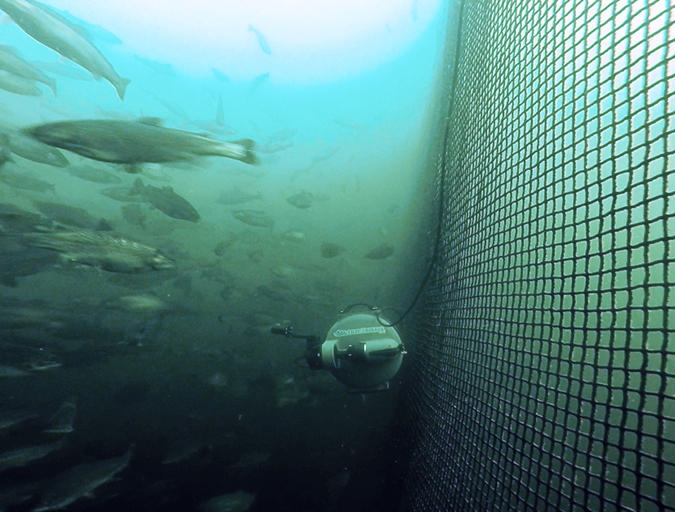
Innovation & Investment
Rise of the machines: Aquaculture’s robotic revolution
Technological advances are revolutionizing aquaculture. From airborne inspection tools to underwater drones, innovative robotics and automation technology are unveiling a brave new world of futuristic farming.
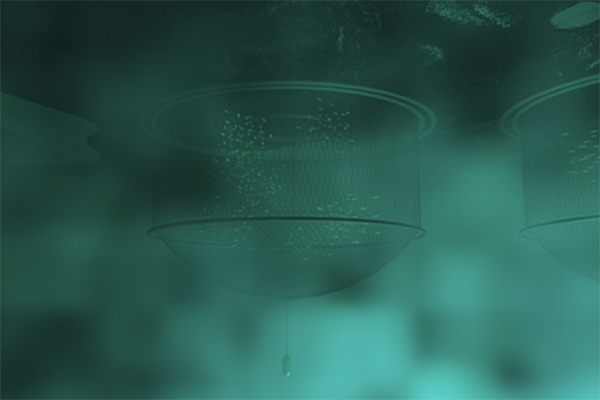
Intelligence
Could a virtual reality tool boost the health and safety for divers on fish farms?
Researchers are developing a new diving virtual reality tool that could reduce diving time and enhance the efficiency of aquaculture operations.



